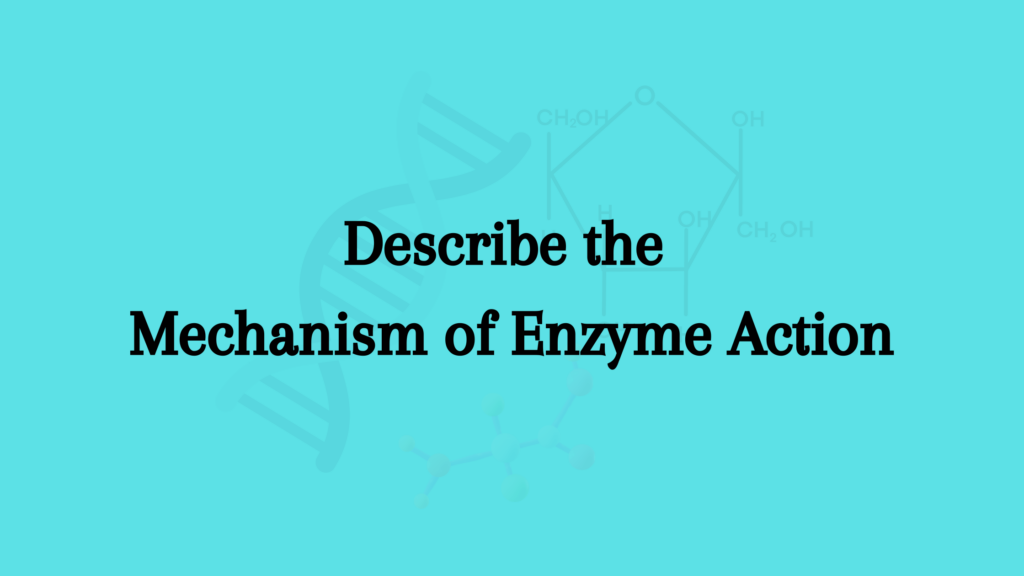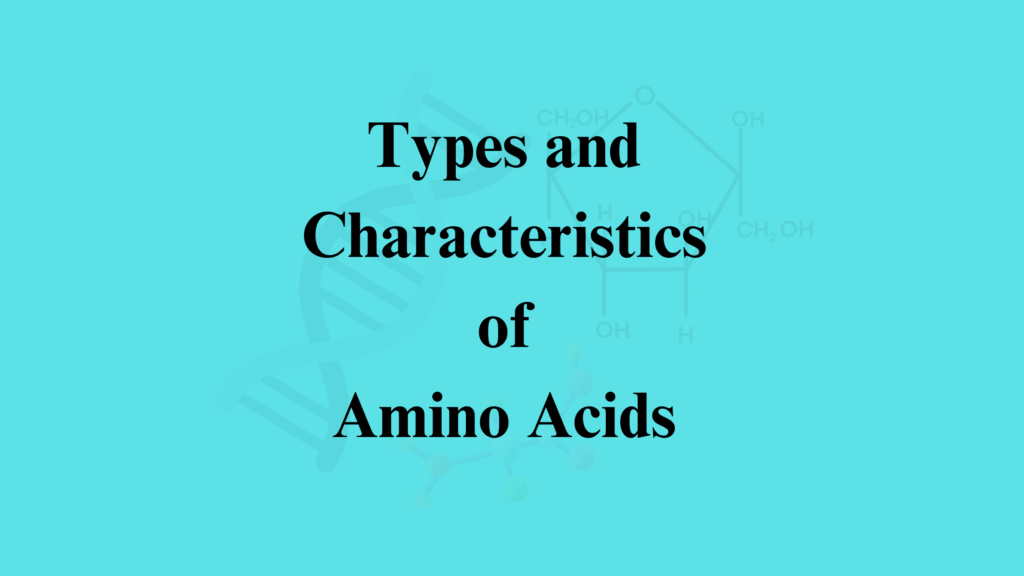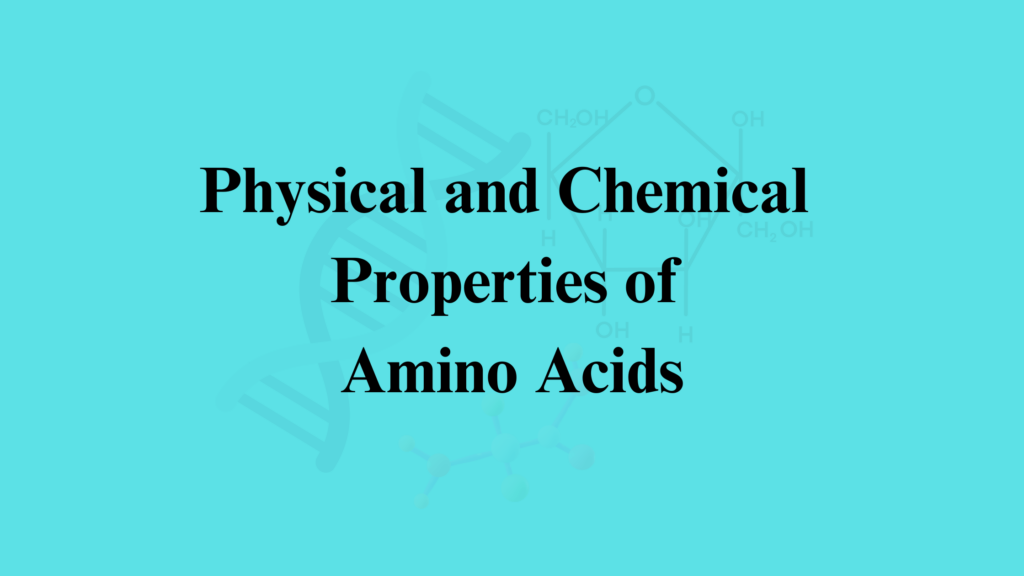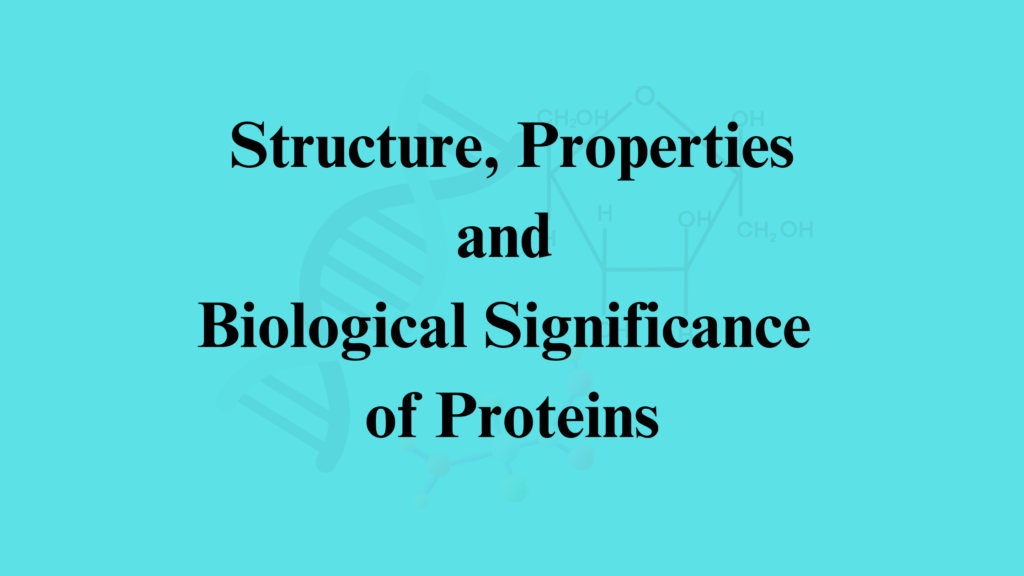Enzymes are catalytic biomolecules that help increase the rate of chemical reactions. Their activity is activated by their binding to the substrate at the activation site.
Describe the Mechanism of Enzyme Action
Enzyme binding is very specific and the enzyme must fit like a glove to the substrate. The work mechanism of enzymes involves two types. Though they differ in how they shape the enzyme-substrate complex, the enzymes maintain their substrate specificity.
The enzyme binding is crucial as it can accelerate the enzyme activity by altering the conformation. Two models explain this process which are detailed below.
Lock and Key Mechanism of Enzyme Action
- The Lock and Key model of enzyme mechanism was proposed by Emil Fischer, a German chemist in 1898.
- According to this the enzyme and substrate are considered the lock and key respectively, that will be specific to each other to fit properly.
- Here, the enzyme and the substrate will have complementary structures to enable them to form an enzyme-substrate complex that fits their specificities as a specific key fits into a lock.
- The active site of the enzyme forms the ‘lock’ and the substrate will be the ‘key’ that fits into this lock.
- The enzyme-substrate complex will continue to sustain until the substrate is converted into the desired products.
- Once the products are formed, the complex dissociates itself to become free and will be available for further reactions.
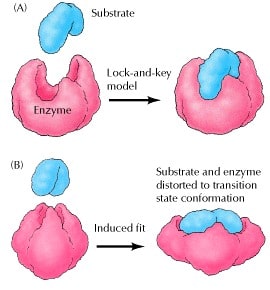
Induced Fit Model of Enzyme Action
- The induced fit model of enzyme mechanism involves the enzymes that do not have a specifically shaped active site.
- Daniel Koshland proposed this model in 1958.
- Here the enzyme-substrate specificity is inapplicable as there are no complementary structures.
- The enzyme in such cases will have flexible active sites that can change its configuration and mold to fit in the substrates.
- The configuration of the enzymes changes until it binds to the substrate properly as needed. At the same time, there will not be any major change in the enzyme conformation but will be subtle.
- This change in conformation happens in such a way that to brings the catalytic group right opposite to the bonds in the substrate that needs to be broken. It will help bring the substrate closer to the transition state with high energy.
- The force formed due to the enzyme-substrate bond will exert the pressure to form the products.
References
- Cooper GM. The Cell: A Molecular Approach. 2nd edition. Sunderland (MA): Sinauer Associates; 2000. The Central Role of Enzymes as Biological Catalysts. Available from: https://www.ncbi.nlm.nih.gov/books/NBK9921/
